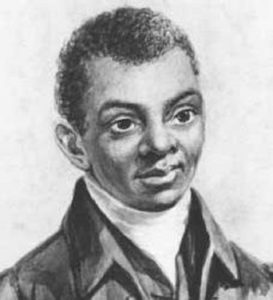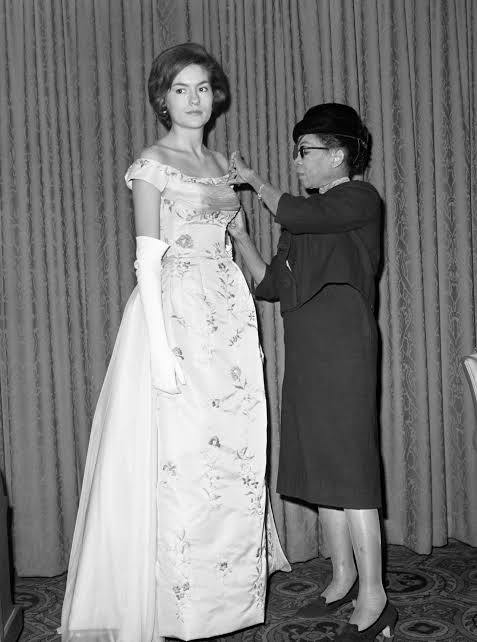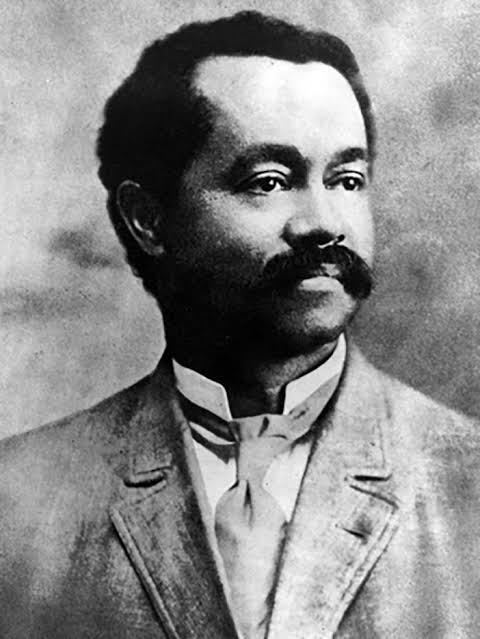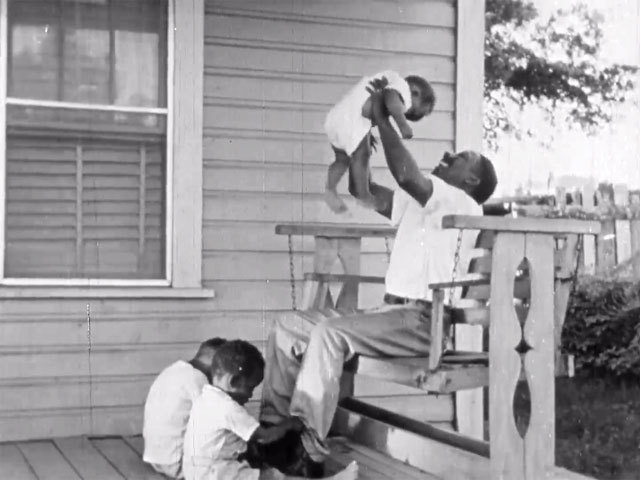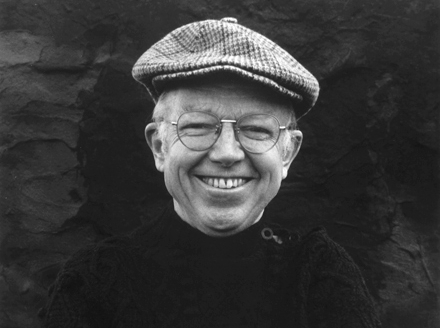When we think of the technologies that shape our daily lives, few inventions are as ubiquitous as the microphone. From smartphones to hearing aids, the modern microphone is a cornerstone of communication and sound recording. But did you know that this revolutionary technology was co-invented by an African American innovator, James Edward Maceo West, and his colleague Gerhard Sessler? As we celebrate Black History Month, it’s essential to highlight the extraordinary contributions of Black pioneers like West, whose work has transformed industries and inspired generations. In this blog, we’ll explore the life, achievements, and enduring legacy of James Edward West, the brilliant co-inventor of the electret microphone, and how his invention continues to impact the world today.
1. Birth and Early Life
- James Edward Maceo West was born on February 10, 1931, in Farmville, Virginia, during a time of racial segregation in the United States. Despite the challenges of growing up in a segregated society, West’s curiosity and determination set him on a path to greatness.
2. Early Interest in Science
- As a child, West was fascinated by how things worked. At the age of 12, he was injured while repairing a broken radio, which sparked his interest in electricity and electronics. This early curiosity laid the foundation for his future career in science and engineering.
3. Education
- West attended Temple University in Philadelphia, where he earned a Bachelor of Science degree in Physics in 1957. His academic achievements opened the door to opportunities in the field of research and innovation.
4. Bell Laboratories Career
- In 1957, West joined Bell Laboratories, one of the most prestigious research institutions in the world. He spent over 40 years there, working on groundbreaking projects in acoustics and electronics.
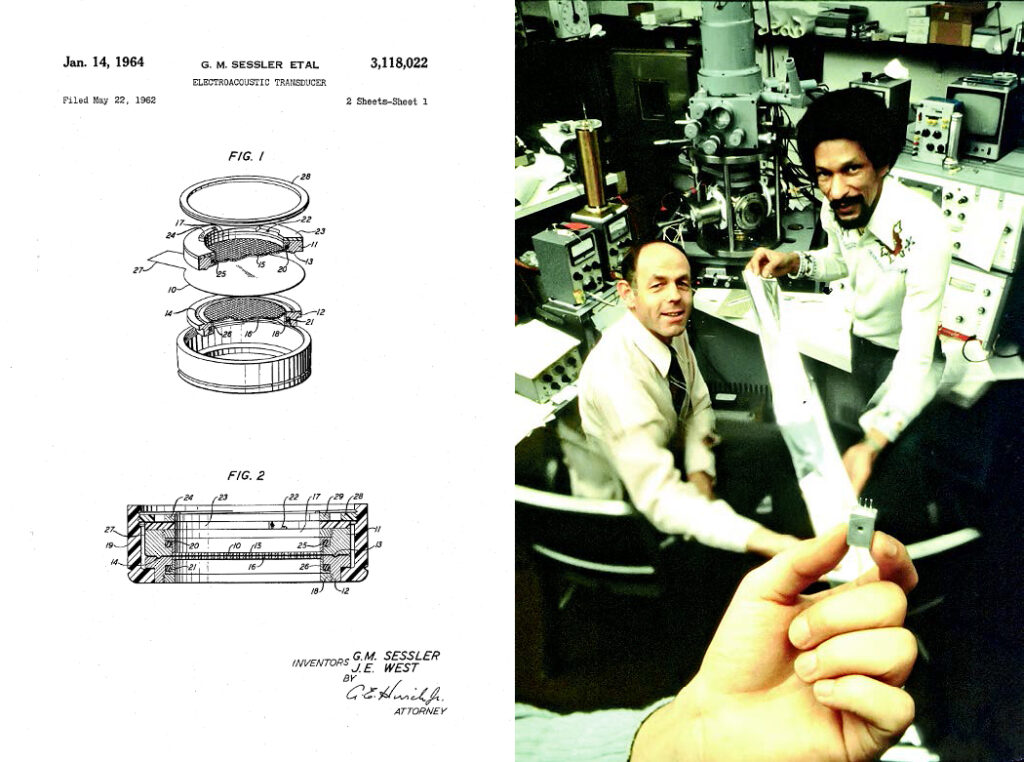
5. Co-Invention of the Electret Microphone
- In 1962, West and his colleague Gerhard Sessler invented the electret microphone. This invention replaced the older, bulkier microphones and became the standard for modern sound recording and communication devices.
6. How It Works
- The electret microphone uses a thin, permanently charged material called an electret to convert sound waves into electrical signals. This design eliminates the need for an external power source, making it more efficient and cost-effective.
7. Ubiquitous Technology
- Today, over 90% of microphones used in devices like cell phones, laptops, cameras, and hearing aids are based on West’s electret technology. It’s estimated that billions of devices worldwide incorporate his invention.
8. Impact on Communication
- West’s invention revolutionized the way we communicate. It enabled the development of compact, high-quality microphones, making devices like smartphones and video conferencing tools possible.
9. Patents
- Over the course of his career, West earned over 250 patents in the U.S. and internationally. His work spans a wide range of fields, including acoustics, electronics, and materials science.
10. Awards and Honors
- West has received numerous accolades, including the National Medal of Technology and Innovation in 2006, one of the highest honors for technological achievement in the United States.
11. IEEE Fellow
- West was named a Fellow of the Institute of Electrical and Electronics Engineers (IEEE) for his significant contributions to the field of acoustics and microphone technology.
12. Advocacy for Diversity
- Throughout his career, West has been a vocal advocate for increasing diversity in STEM fields. He has worked tirelessly to create opportunities for underrepresented groups in science and engineering.
13. Mentorship
- West is deeply committed to mentoring young scientists and engineers. He has served as a role model and mentor to countless individuals, particularly African Americans and other minorities pursuing careers in STEM.
14. Johns Hopkins University
- After retiring from Bell Labs in 2001, West joined Johns Hopkins University as a research professor in the Whiting School of Engineering. There, he continues to conduct research and inspire the next generation of innovators.
15. Legacy in STEM
- West’s legacy extends far beyond his inventions. He has inspired countless individuals to pursue careers in STEM and has worked to break down barriers for underrepresented groups in the field.
16. Global Influence
- West’s electret microphone is used in billions of devices worldwide, making it one of the most widely adopted technologies in history. Its impact on global communication and sound recording is immeasurable.
17. Hearing Aid Technology
- West’s work also had a significant impact on hearing aid technology. His innovations made hearing aids smaller, more efficient, and more accessible, improving the quality of life for millions of people with hearing impairments.
18. Collaborative Spirit
- West is known for his collaborative approach to innovation. He often worked with teams of researchers and engineers to solve complex problems, emphasizing the importance of teamwork in scientific discovery.

Did You Know?
James Edward Maceo West’s mother was one of the remarkable “Hidden Figures”—African American women who worked as human computers at Langley Research Center during the mid-20th century. She transitioned from teaching at a school to working at Langley, where she contributed to groundbreaking aerospace research. In addition to her work at Langley, she was an active officer in the National Association for the Advancement of Colored People (NAACP), advocating for civil rights and equality. Her dedication to both science and social justice undoubtedly influenced West’s own commitment to innovation and diversity in STEM.
19. Recognition in Black History
- West is celebrated as one of the most influential African American inventors of the 20th century. His contributions to science and technology have earned him a permanent place in Black history and the history of innovation.
20. Lifelong Learner
- West is a strong advocate for lifelong learning. He believes that curiosity and a willingness to learn are essential for success in any field. His own career is a testament to the power of continuous growth and exploration.
Final Thoughts
James Edward West’s life and work are a shining example of how innovation, perseverance, and a commitment to diversity can change the world. His contributions to science and technology have had a profound impact on modern life, and his advocacy for underrepresented groups continues to inspire future generations. As we celebrate Black History Month, let us honor the legacy of this remarkable inventor and trailblazer.
Conclusion
James Edward Maceo West’s journey is one of innovation, perseverance, and a deep commitment to diversity in STEM. Influenced by his mother—a brilliant mathematician and NAACP officer who was among the ‘Hidden Figures’ at Langley Research Center—West carried forward a legacy of excellence and advocacy.
His groundbreaking co-invention of the electret microphone, alongside Gerhard Sessler, revolutionized sound technology, shaping industries from communication to healthcare and entertainment. Yet, his impact extends far beyond his technical achievements. As a mentor and advocate for underrepresented voices in science, West has championed inclusivity in STEM, ensuring future generations have access to opportunities he once had to fight for.
As we honor Black History Month, his story serves as a testament to the power of innovation and the necessity of diversity in shaping the future. By celebrating his legacy, we not only recognize his contributions but also reaffirm the importance of breaking barriers and fostering inclusion in every field.






